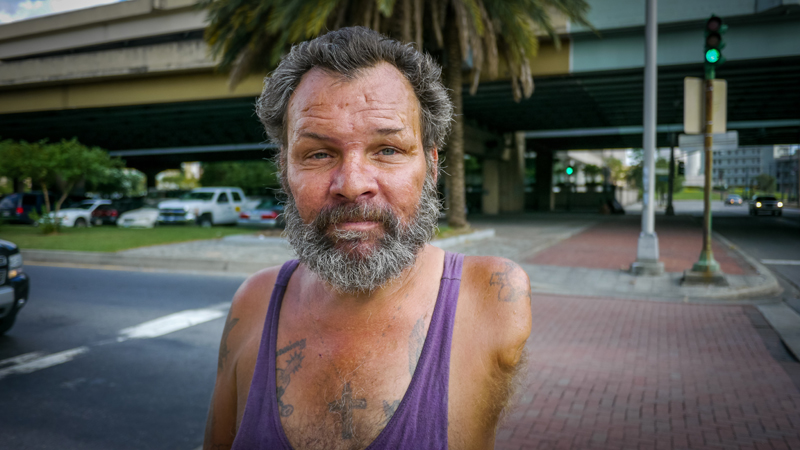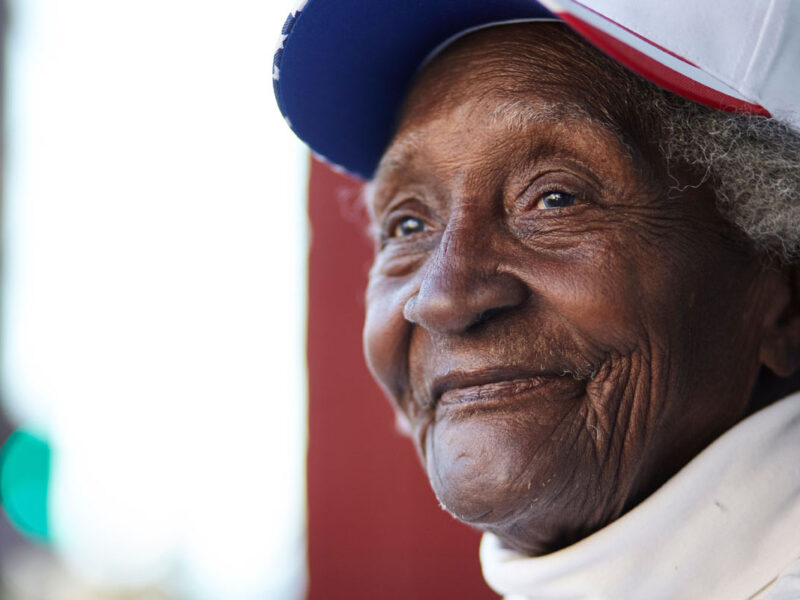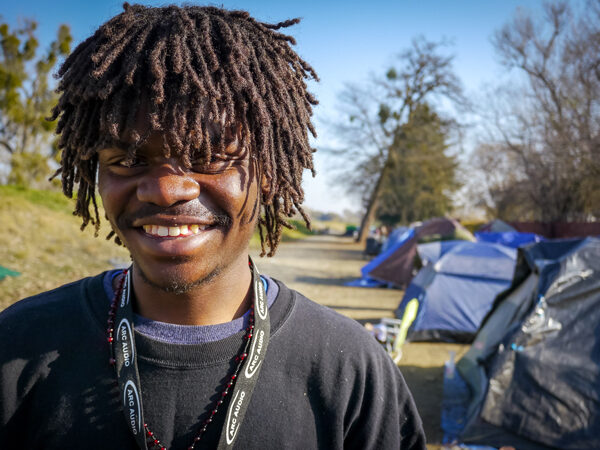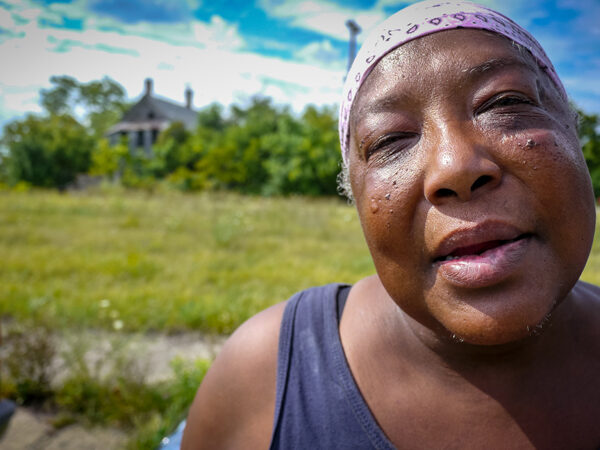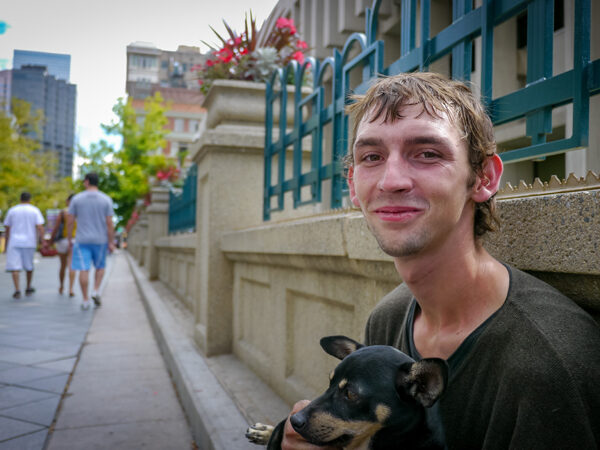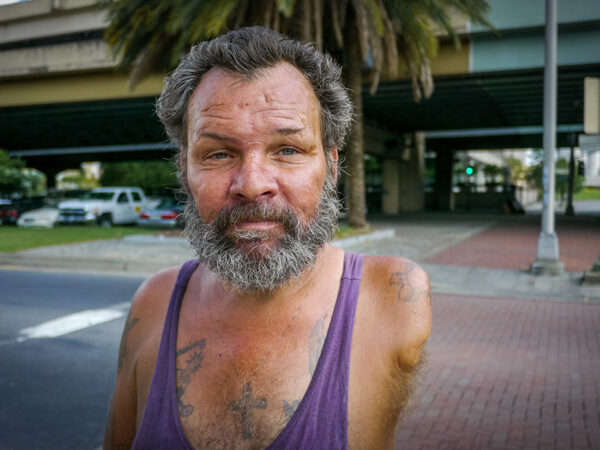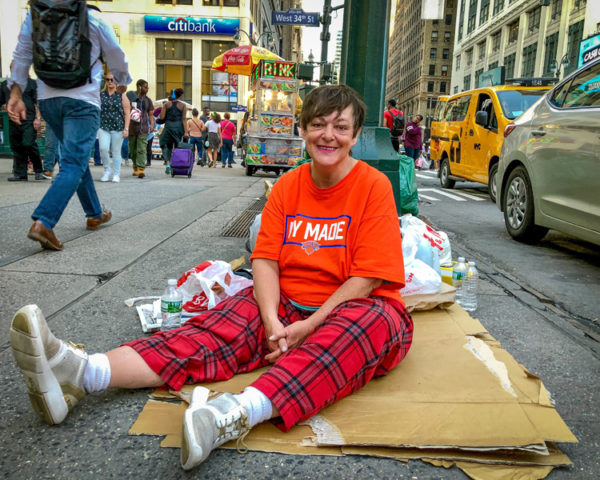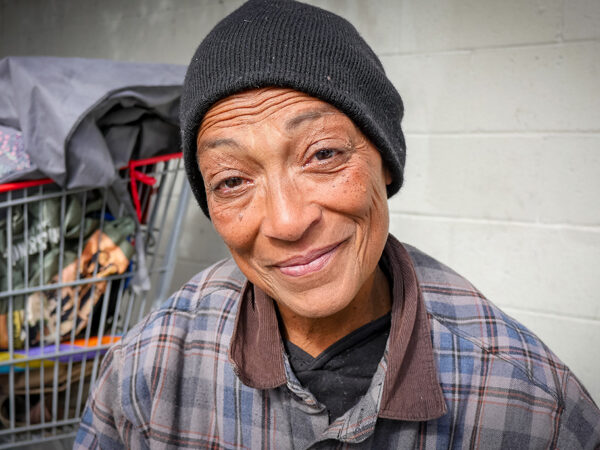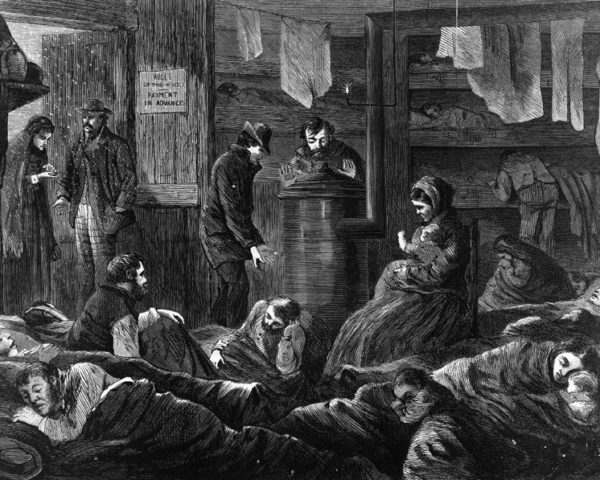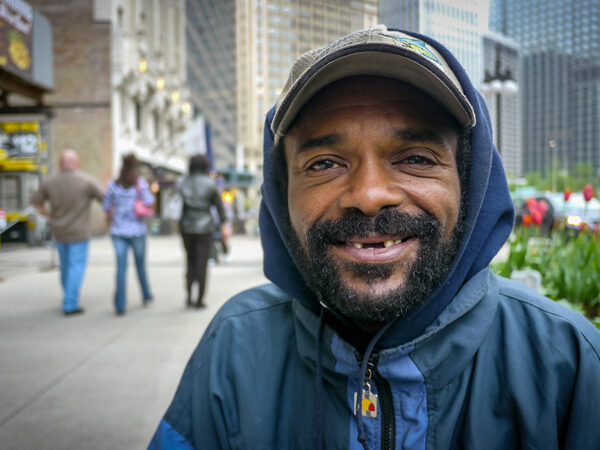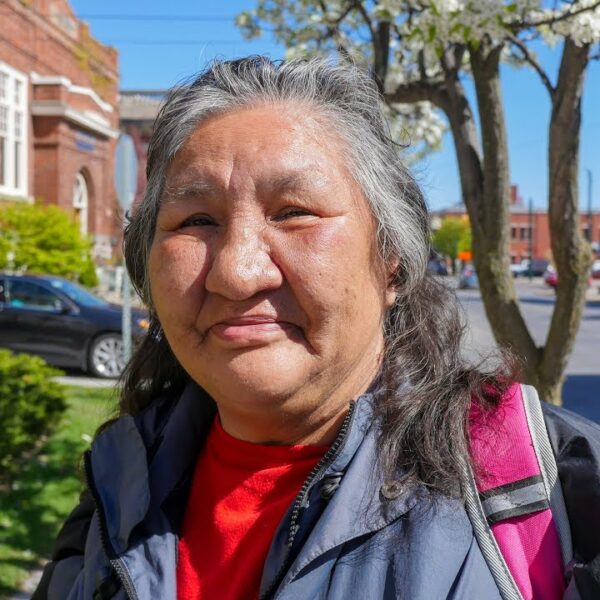Why Are People Homeless?
There are many, complex causes of homelessness. At a basic level, people become homeless when their wages and income are not enough to cover rent or a mortgage and other necessities like food, medicine, health care, transportation, and child care.
Circumstances and life-altering events that cause a person to become homeless include:
- Low-paying jobs
- Lay-offs
- Serious illnesses or accident
- Lack of income
- Loss of a loved one or divorce
- Lack of support networks
- Evictions
- Foreclosures
- Poverty
- Natural disasters (i.e. hurricanes, floods)
- Fires
Economic forces, policy decisions, budget priorities, societal trends, and attitudes about public assistance all contribute to the causes of homelessness. In recent history, economic and financial circumstances related to the Great Recession—the worst global recession since the Great Depression—resulted in high rates of foreclosures and unemployment. As a result, may people were pushed out of their homes.
The COVID-19 pandemic has contributed to increasing homelessness. People have lost their jobs due to illness and taking care of sick family members. They are unable to pay their rent or mortgage and are at risk of homeless. For more information on COVID-19 and homelessness, visit our resource page.
NLIHC states that there is no state where one person earning the federal minimum wage can afford a 2-bedroom apartment at Fair Market Rent. Fair Market Rent is an estimate of what someone moving today can expect to pay for a modest rental home in any given area. The rate is set annually by the U.S Department of Housing and Urban Development.
Lack of Affordable Housing
Research from NLIHC finds a shortage of 7 million affordable and available rental homes for extremely low income renters. This group includes individuals with incomes at or below the poverty level or 30 percent of their area median income. The majority of the poorest renters in the U.S. are seniors, people with disabilities, and people who are working, enrolled in school, or caring for a young child or someone with a disability. NLIHC also reports there are 36 affordable and available units for every 100 extremely low income renters nationwide. Seventy-one percent of extremely low income renters spend more than half of their income on housing.
It is difficult to say how long people remain homeless. Every instance depends on an individual’s or family’s circumstances, availability of housing and services to promote stability, and other economic and societal forces. Many people experience homelessness for a short time. Some experience homelessness intermittently throughout their lives.
Surveys by the U.S. Conference of Mayors determined the following statistics:
- People remained homeless for an average of eight months
- The average length of stay in emergency shelter was 69 days for single men, 51 days for single women, and 70 days for families
Some people are chronically homeless. The U.S. Department of Housing & Urban Development defines chronic homelessness as people who have been homeless for at least a year or repeatedly while experiencing a disabling condition. These conditions include physical disability, serious mental illness and/or substance use disorder, which makes it difficult to find and maintain housing. According to the 2021 Annual Homeless Assessment Report to Congress, the number of sheltered individuals experiencing chronic homelessness increased by 20 percent between 2020 and 2021. This trend has been increasing in recent years.
Challenges Contributing to the Causes of Homelessness
For many homeless people, physical and mental health challenges, physical disabilities, alcoholism, and addiction as well as experiences of domestic violence, trauma, and post-traumatic stress disorder (PTSD) can make it difficult to earn a living wage and maintain or regain stability. When someone does not have access to affordable health and mental health care, as well as education and job training opportunities, these challenges are exacerbated. Race and racism are also directly related to experiences of homelessness.
Read more about solutions to homelessness and how to help homeless people.







